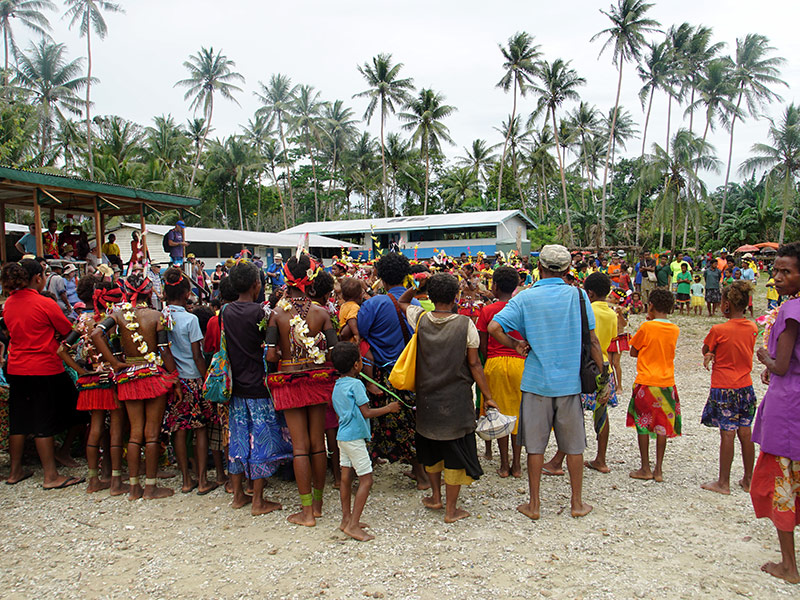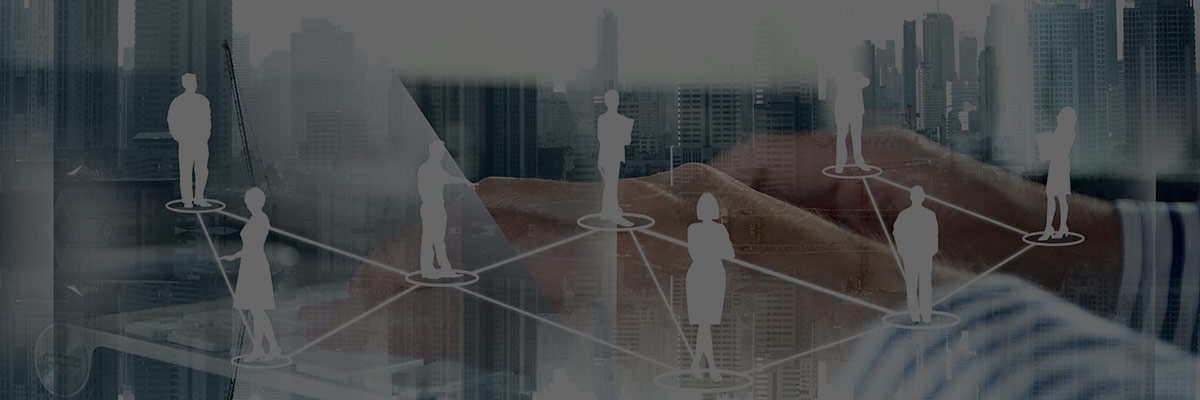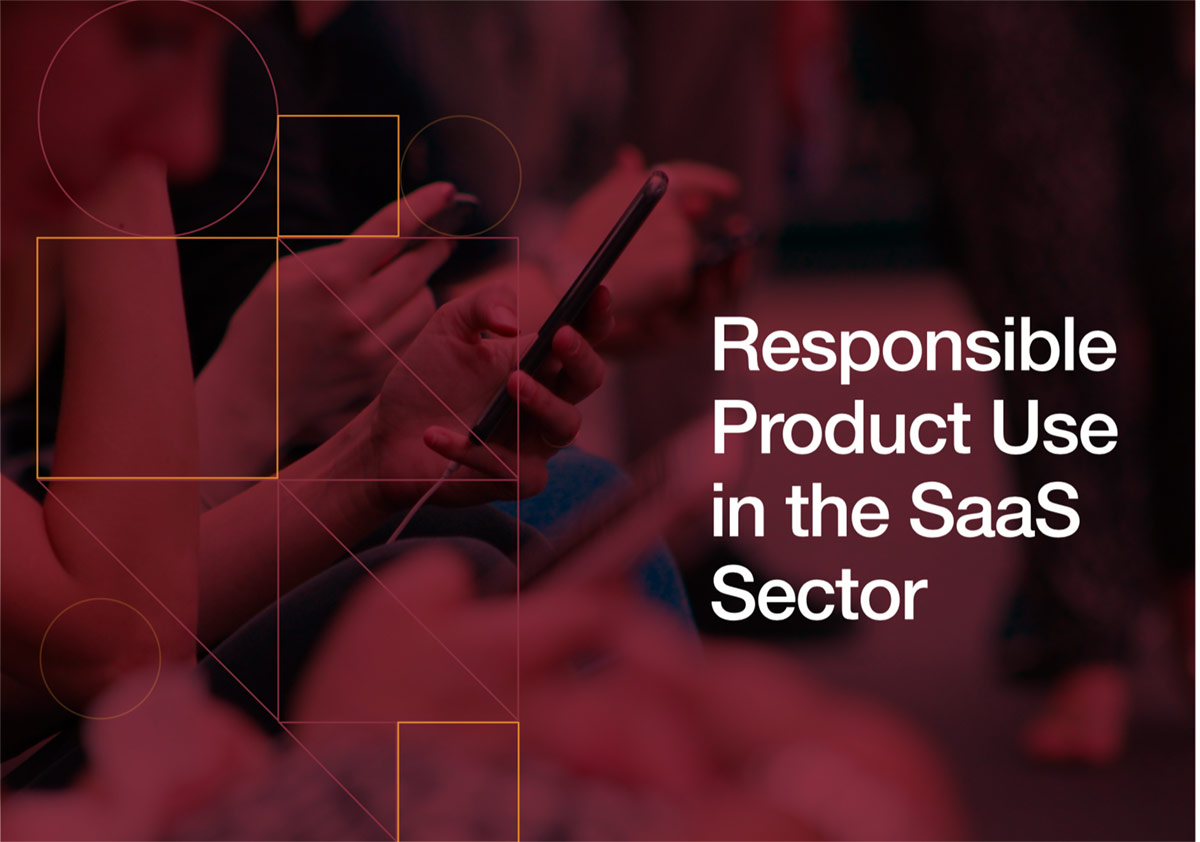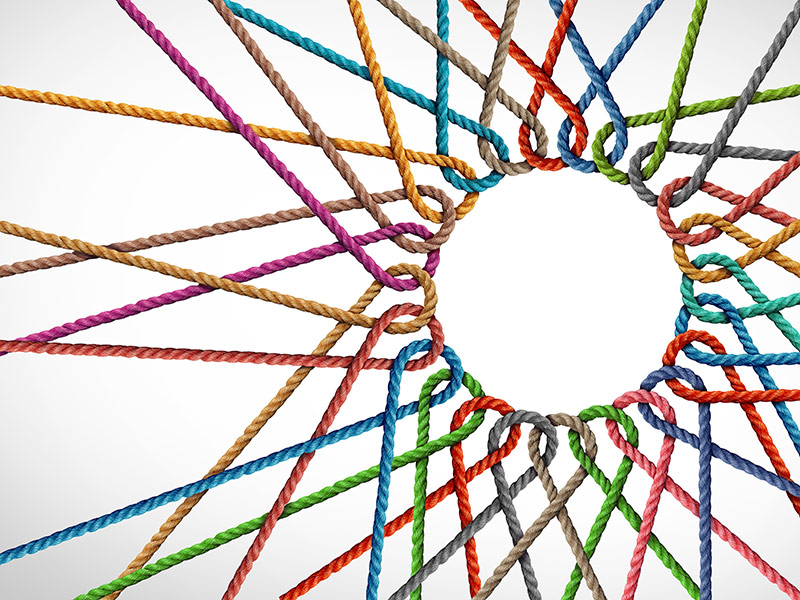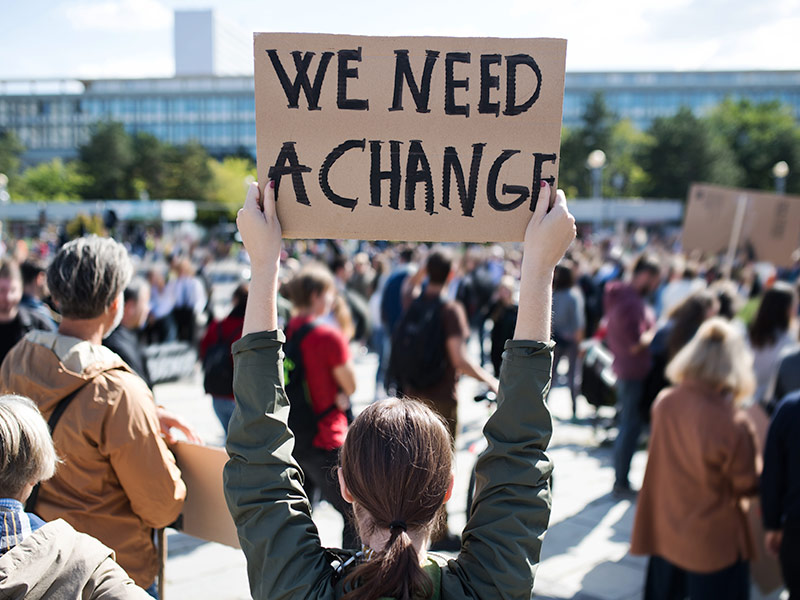Overview
Human rights due diligence (HRDD) of products and services—also known as “downstream HRDD” or “end use HRDD”—has been a requirement of the UN Guiding Principles on Business and Human Rights (UNGPs) since their endorsement by the UN Human Rights Council in 2011. However, its relevance has skyrocketed in the past few years due to the rise of technology products like social media and artificial intelligence.
As the field of supply chain due diligence has matured, the downstream value chain is increasingly becoming a focal point for more traditional sectors like pharmaceuticals and heavy industry. Now more than ever, we can see and feel the human rights impacts of business products and services, which in turn has elevated the need for businesses to take a serious look at how their products and services are designed and developed, who they are sold to, how they are used, and how they may be misused.
What Is Downstream Human Rights Due Diligence?
Downstream human rights due diligence is the assessment and prioritization of human rights impacts that occur as a result of company actions or omissions during the design, development, promotion, deployment, sale, licensing, or use of products or services. It differs from other types of business human rights due diligence because it focuses entirely on the downstream value chain, rather than the upstream supply chain or direct business operations.

The downstream value chain encompasses the human rights impacts that occur during and after the sale of a product or service and is influenced by the business inputs to that product or service (e.g., R&D, design, testing, promotion).
A. The End Use
What is this product and/or service intended to do or achieve? Should the company sell this product/service for this intended end use?
B. The Customer/End User
For B2B or B2G sales, what is the human rights track record and context of the customer and destination geography? Should the company make this deal with this customer?
C. The Impacts
What adverse human rights impacts might arise? What measures can businesses take to address these human rights harms?
D. The Company’s Role
What is the company’s connection to potential human rights harms? What leverage does the company have to address those harms?
Why Is It Important?
Downstream human rights due diligence is important because severe adverse human rights impacts can result from the use or abuse of products and services, as well as decisions made at any point in the product lifecycle. For example:
- A product or service could be inherently incompatible with international human rights standards even if it is used correctly, like some applications of live facial recognition technology.
- Unintentional misuse can occur due to user error or ignorance, such as the improper disposal of pharmaceutical drugs leading to environmental pollution.
- Some products or services may be intentionally misused or abused, even if they have legitimate or valuable applications in other settings, like State-led co-option of telecommunications infrastructure to intercept and surveil communications in ways that are not legitimate, necessary, or proportionate.
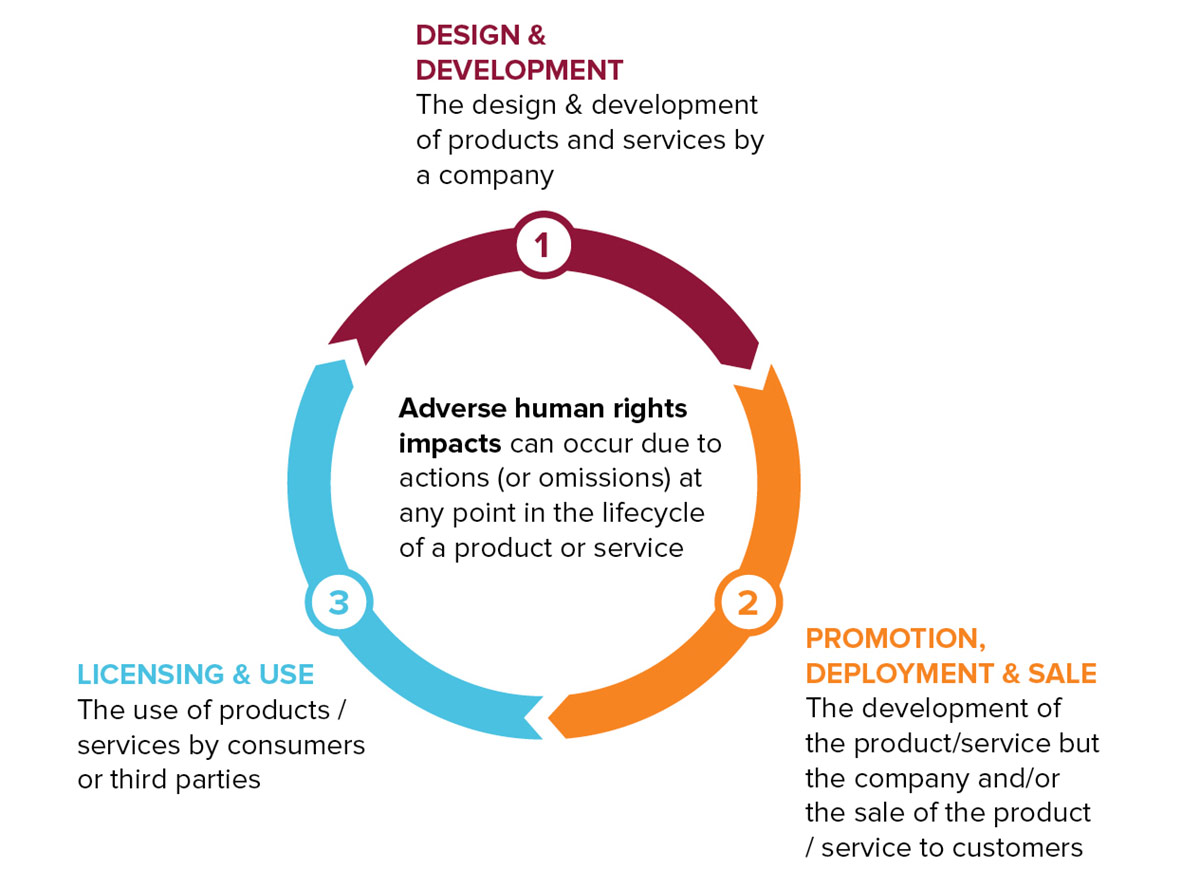
Downstream human rights due diligence is also part of the business responsibility to respect human rights under the UNGPs, which require companies to conduct human rights due diligence across their entire value chain–including the downstream value chain. A series of UN B-Tech project papers have elaborated on the technology sector’s downstream HRDD responsibilities, and downstream HRDD will likely also be included as a requirement in the forthcoming EU Mandatory Environmental and Human Rights Due Diligence Law.
The Dawn of the Downstream Era
Increased public consciousness and stakeholder understanding of downstream human rights impacts, coupled with the emerging HRDD regulatory requirements, is leading to a new era in which companies must be prepared to identify, avoid, prevent, and mitigate the adverse human rights impacts associated with their products and services. BSR anticipates several ways downstream due diligence will expand over the next five to ten years:
Expand each advancement to learn more.
While the UNGPs emphasize a specific connection between “product/service” and corresponding harm, some downstream business relationships can legitimize and empower bad actors to commit human rights violations in an indirect way. The recent military coup in Myanmar has demonstrated the dangers of dealing with high-risk customers, even if these customers are not subject to legal sanctions or if the products/services being sold are not connected to harm. Corruption is another example of how downstream business relationships may undermine rule of law and indirectly adversely affect the human rights context. The future of business and human rights will increasingly focus on the macro, structural perspective of customer human rights due diligence: the importance of “who is my customer,” in addition to “what are they actually doing with my product.”
Many companies sell their products and services through third party re-sellers, distributors, or channel partners, and therefore lack visibility into who their products and services are being sold to and how they are being used. Although companies may not be legally liable for harm that occurs in these cases, they are still connected to any adverse human rights impacts and have a responsibility to undertake human rights due diligence in order to address those adverse impacts—for, example, by ensuring that business partners have adequate human rights policies and procedures in place.
Although the companies producing a given product or service ultimately bear most of the responsibility for addressing downstream impacts, companies that provide components for services to that product are also connected to adverse human rights impacts, and therefore have a part to play in addressing them through their own due diligence policies and practices. One example of this is the successful pressure on tech service providers to stop doing business with the controversial social media platform Parler for its role in enabling the January 2021 insurrection at the U.S. Capitol.
Increasingly, stakeholders are pointing out how companies’ actions or omissions play a role in adverse impacts on society at large, not just those directly impacted by operations, products, or services. For example, companies across all industries have increasingly come under fire for not doing enough to defend democracy and the integrity of elections, contributing to systemic racism, and failing to ensure their role in COVID-19 related interventions truly benefit public health.
Because of the sheer volume of products and services and the number of entities involved in product development and use, traditional approaches to human rights due diligence are not always feasible. In the future, companies producing and selling similar types of products and services will need to come together to develop shared baseline standards, best practices, proposals for laws and regulations, and sector-wide impact assessments to collectively address adverse impacts and achieve transparency at scale in their downstream value chains.
Getting Started
Downstream human rights due diligence includes the assessment of (1) the end use human rights risks, (2) human rights risks associated with the customer/end user or destination geography, (3) specific human rights impacts, and (4) the company’s connection to the impacts. The right approach is company/industry/product specific, and as such will come with its own unique dilemmas and nuance.
The four elements of downstream due diligence are meant to be considered holistically. An assessment of any area as “high-risk” does not necessarily mean that the product or service should not be produced, or that sales to a given customer or market should not go forward. Markets considered "high risk" due to poor human rights records may also be those that could most benefit from the product or service in question, and the most vulnerable groups in those markets may also be those with the most to gain from those products/services. For this reason, downstream HRDD should be designed to enable companies to conduct business responsibly, rather than lead companies to stop doing business altogether in markets that may most benefit from investment and access to products and services.
End Use Assessment
- What is this product or service intended to achieve?
- Should the company sell this product or service for this end use?
- What is the socially beneficial purpose of this product/service?
- How can positive impacts be maximized?
- Embed “human rights by design” principles/policies to identify technical limitations on how a product or service can be used to prevent misuse and adverse human rights impacts.
- Stipulate that the product or service cannot be deployed in a manner that contravenes international human rights standards in contracts and acceptable use policies, with specificity on the specific rights implicated and restrictions applied.
- Utilize post-sale product feedback and dialogue as a source of learning to help design and develop products and services less likely to be associated with harm, including ongoing training and audits with the customer.
Customer/End User/Destination Geography Assessment
- Who is the customer? If a reseller or distributor is involved, who is the end user? Is there a recent record of association with human rights harms?
- What are the end user’s interests, incentives, and motivations for using the product or service?
- What are their stated policies and actual practices regarding the product or service? Do they intend to modify or upgrade the product or service?
- Does the user have clear commitments to human rights? Do they have the capacity to mitigate potential adverse impacts?
- What is the human rights context of the end user market/geography? Is there state protection of human rights, rule of law, and judicial access to remedy?
- How are these contextual factors connected to the product or service in question?
- Build leverage over post-sale impacts by using installment sales contracts and after sales service agreements.
- Provide training and guidance to customers or intermediaries on the appropriate use of the product or service.
- Use contractual terms stating the human rights-respecting approved uses of the product or service, that the customer will only use it in those ways, and that the reseller must also conduct downstream HRDD.
- Place restrictions on re-sale or relocation of the product or service without notice and approval by the company.
- Void warranties if the product is misused, or if re-sale/distribution occurs without notice or HRDD.
- Conduct regular audits for compliance with manufacturer contracts and policies.
- Provide channels for third parties to report cases of misuse.
Adverse Impacts Assessment Due Diligence
- What are the actual and potential human rights impacts arising from the product/service use, and how can they be avoided, prevented, or mitigated?
- Are there any use cases that should be disallowed?
- Could the product be unintentionally or intentionally misused to cause harm?
- Lobby with governments to regulate wider misuse within specific markets.
- Work collaboratively with business peers, bilaterally, or with multi-stakeholders to improve shared standards as an industry.
- Engage with local civil society to understand product/service misuse and to raise awareness about the adverse impacts associated with misuse.
- Invest in initiatives designed to address product/service misuse.
Company Connection Due Diligence
- What is the company’s connection to potential human rights harms?
- Does the company’s actions or omissions facilitate or enable harm, by adding to the conditions that make it possible for use of a product by a third party to cause harm?
- Does the company’s actions or omissions incentivize or motivate harm, by making it more likely that a product or service will be used in ways that cause harm?
- What measures should the company deploy?
- Establish transparency and traceability systems for monitoring where products and services end up, including if they are transferred, modified, or sold.
- Utilize product/service warranties and customer service (e.g., firmware updates) to track their destination and use.
- Train employees, particularly R&D and sales teams, in the human rights issues salient for the company’s products and services.
- Establish decision-gates and escalation procedures for the design, development, sale, and promotion of high-risk products and services.
Explore this more deeply in our recent paper, Responsible Product Use in the SaaS Sector.
Let’s talk about how BSR can help you to transform your business and achieve your sustainability goals.
You Might Also Like
